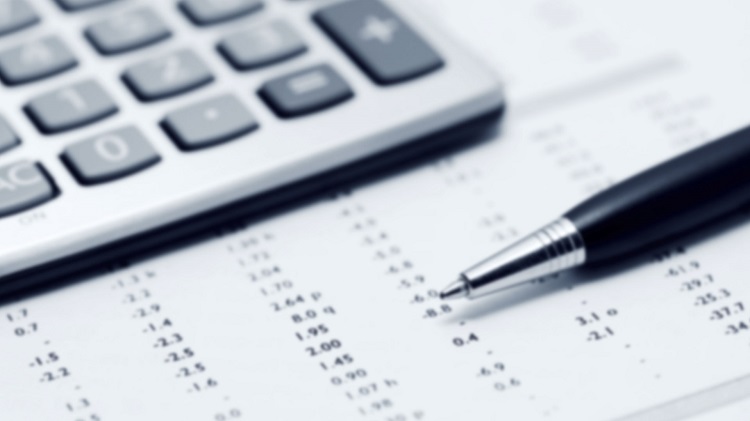It’s simple, it’s the value added tax, a tax that falls on the end consumer. It is present in most commercial transactions and it is a major source of revenue for the State: it therefore has every interest in keeping a close eye on the proper functioning of its mechanism.
As a self-employed person, you collect this tax from the consumer (i.e. client) of your goods or services. You then pay it back to the state, every month or every quarter (depending on your turnover). With regard to VAT, you are therefore an intermediary between the State and the consumer.
The tax rate depends on the goods and services themselves, according to their need:
- 6% for essential goods, products such as books, pharmaceuticals, water, milk and dairy products, live animals and meat, services such as transport of people etc.
- 12% for those goods and services which have social or economic importance. This ranges from margarine to pay TV subscriptions, including catering and catering services (excluding drinks and deliveries of prepared meals)
- 21% for everything else.
It’s up to you to find out and apply the rate corresponding to your offer.
It is through your VAT declarations, and the corresponding payments, that the State knows and receives what is due to it. You see it coming from here: this VAT is no small task. Before embarking on this, take a look at the following paragraph: after reading this, you may find yourself free from any VAT-related obligations. Using the self employment tax calculator comes useful in this case.
Who does not have a VAT return to submit?
Some (rare) professions
Some liberal professions, focused on helping people are not subject to VAT. They do not have a VAT number. Doctors, physiotherapists, family helpers, for example, fall into this category.
Those who opt for the VAT exemption regime
Since January 2016, if your annual turnover is below 25,000 euros, you can opt for the VAT exemption regime.
Most? You don’t have to worry about VAT returns. You invoice without VAT so you remain more affordable for the private individual who does not recover the VAT.
The lesser? You do not recover VAT on your purchases. The day you exceed 25,000 euros in annual turnover, you must adapt to the VAT regime and your customers too.
None of the above options are right for you. Verdict: you must indeed comply with all VAT obligations. Fortunately, we have concocted a good little manual, step by step.
Basically, you collect VAT on what you sell and pay it on what you buy. The difference between the two goes to the state coffers. This amount is communicated to the Ministry of Finance via your VAT declaration.
The authorities really want you to do this properly. They have therefore concocted a tutorial for you, available here: go to Home / Sending by screens / New / Electronic VAT declaration. From there, screen by screen, follow the guide to understand how to complete your VAT return without missteps.
Conclusion
To submit your VAT return, go to Tax consultant, the online platform. Friend’s tip, keep your ID card, PIN code and card reader close to you. You will need it before you even start. The other solution is to give the hot potato to your accountant. It is up to you. Note that the administration is strict and fines the offender.

